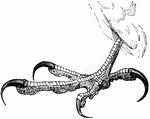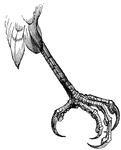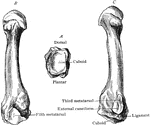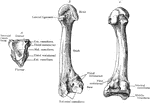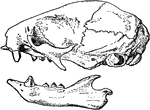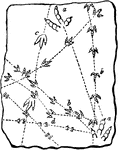Clipart tagged: ‘toe’

Ankle Joint and Foot
Vertical section of the ankle joint and foot. Labels: 1, tibia; 2, astragalus; 3, os calci; 4, scaphoides;…

Longitudinal Section Through Foot
Longitudinal section through right foot in axis of first metatarsal bone.

Side View of Bones in Foot
"The Foot is that part of the lower extremity below the leg on which we stand and walk. It is composed…

Side View of Bones in Foot
"The Foot is that part of the lower extremity below the leg on which we stand and walk. It is composed…
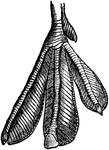
Foot of Grebe
"In this foot each toe is provided with its swimming membrane; the membrane being closed when the foot…

Horse Foot
"Successive stages of modification of the feet of extinct forms of horse-like animals, showin gradual…

Horse Foot
"Successive stages of modification of the feet of extinct forms of horse-like animals, showin gradual…

Horse Foot
"Successive stages of modification of the feet of extinct forms of horse-like animals, showin gradual…
Horse Foot
"Successive stages of modification of the feet of extinct forms of horse-like animals, showin gradual…
Horse Foot
"Successive stages of modification of the feet of extinct forms of horse-like animals, showin gradual…
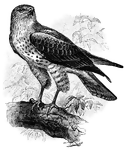
Snake Buzzard, Also Called a Short-Toed Eagle
Circaetus gallicus is a "bird of prey inhabiting all the countries bordering the Mediterranean, and…
